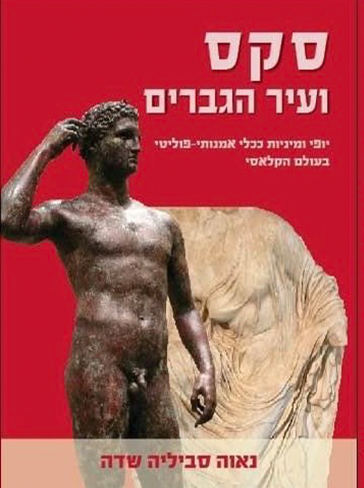The Arena of Thanatos: Psuche´, Soma, and Sigalit Landau’s body representation* a comparative study

The Country, The Porter, 2002, Metal armature, papier-maché, and other mixed media, 182×54×95 cm. Photo: Asnat Harpaz Courtesy of the artist.
Nava Sevilla Sadeh, The Arena of Thanatos: Psuche´, Soma, and Sigalit Landau’s body representation* a comparative study // Journal of Aesthetics & Culture, Vol. 7, 2015
Sigalit Landau is an international sculpture, video, installation, and performance artist, born in Jerusalem, and raised also in the USA and the UK. This study seeks to analyse Landau’s unique body representation of figures made of papier-mâché, focussing on the installation “The Country.” The point of departure of this study is a passage from the Platonic dialogue Timaeus, whose text strongly resembles Landau’s succulent human images composed of soft bones, moist flesh, and sinews. This analogy then leads to a wider comparative discussion on the meanings of the body in Archaic and Classical aesthetic concepts in comparison with its postmodern meanings. In addition to the strong interest in the structure of the human body, another common concern of both the ancient body images and those of Landau is that both engage with death (thanatos). The premise underlying this study is that both the body and its implication of death in Ancient Greece, and Landau’s body images, reflect metaphorically a political arena. However, while the political meanings of the ancient body images were constituted in manifestations of religion by means of purification, and were aimed at praising the homeland (polis), Landau’s bodies manifest meanings of abjection, express political criticism, and are thus profane, reflecting loss of faith. Landau’s loss of faith and sceptical spirit are inspired by two sources: the collective trauma of the Holocaust and the criticism of the occupation policy in her country. These two sources are main issues in many other works by Landau and are united in “The Country” installation, and particularly in the body images.
Journal of Aesthetics & Culture, Vol. 7, 2015



